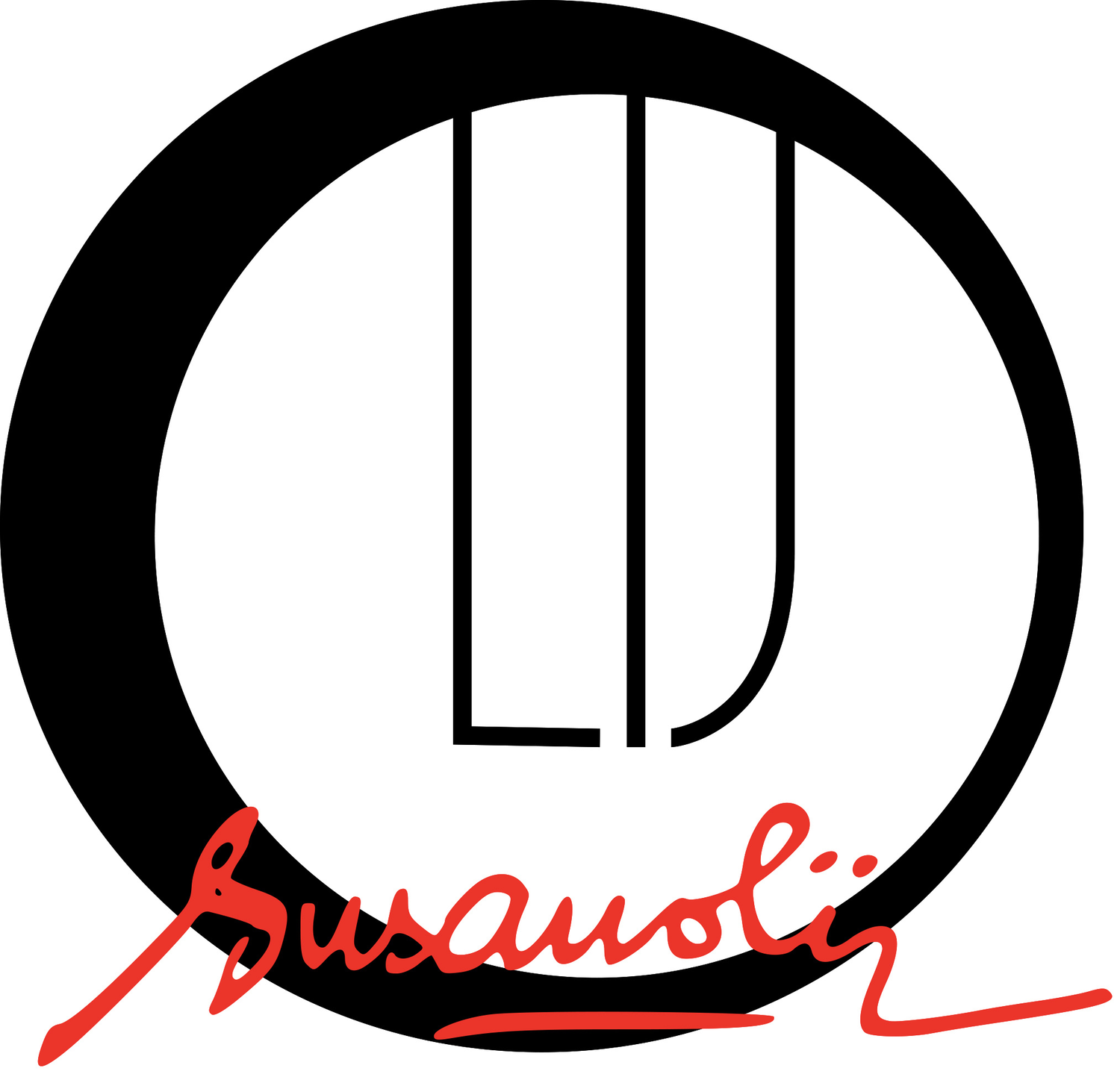How to Improve your Observation Skills for drawing.
How the Thinking brain is use less in drawing, and how the Seeing Brain is the key to improved observation skills for better drawings.
Here I want to attempt to explain how to broaden your observation skill by letting the Seeing brain (that is the right side of the brain) be the one more on the driver’s seat instead of the Thinking brain (that is the left side of the brain).
Scientifically, studies of the two hemisphere of the brain is fascinating but is also very inconclusive. Scientist hasn’t fully manage to give a cut and dry conclusion to the difference how they’re both affecting our daily activities, but some research on people with a stroke or epilepsy has shown that when the left brain shuts down, that seems to affect our speech and language ability. So without going through major digging through scientific papers about the split brain research, I like to quote Psychiatrist Iain McGilchrist who reasoned in this TED clip that the divide between the two hemisphere, simplified to is functions does show that the Right side tends to be open, alert, and vigilant, and therefore it can hold abstract concepts and be in the present more, while the Left side is more narrow, sharp and detailed oriented, thus more concrete in its cognition.
In the context of improving our drawing skills, I like to refer to the right brain, as the Seeing Brain, that’s the intuitive side and the left brain as the Thinking Brain, that’s the logical side.
I also like that McGilchrist then quoted Albert Einstein when he said the intuitive brain is a sacred gift that we as a society forgotten, and the rational mind is its faithful servant which we put on a pedestal and worship instead.
Scientific studies has posit that we use both side of the brain for seeing and thinking, and that’s not the argument I want to make. I am simply interested in addressing the weaker side of the hemisphere which seems is the cause of a lot of suffering in our modern lives. And how drawing can help us strengthen that side so we can be more holistic and thus happier human beings as a result.
When you’re finally able to shift your brain to more seeing, less thinking, you’ll find that time flies, and visual tasks becomes easier and more enjoyable.
Here’s some findings I discovered through my own experiments and research that does indeed show we need to use both sides of our brain:
Bypass naming things, use descriptive words instead. Instead of naming a box or a square, use horizontal, vertical, line, curve, circular, round, etc.
Find the words that make sense to you, if the ones I am using does not. Find the words while doodling and drawing, and play with different words until you find one that speaks to you.
Setting up your brain to do visual tasks can be done by doing blind contour. Its the sort of activity that the thinking brain will deem ‘useless, pointless, has no value’. It is however an activity the child in all of us enjoys a lot and this is the side that I feel has restorative and healing properties for our well being. This is the side that became dominant during the lockdown for me and drawing becomes a meditative and rejuvenating activity.
Trick your Thinking brain to push past procrastination means saying to yourself “I am not going to draw right now but I will put pen to paper for 2 minutes, and doodle while waiting for my coffee’ etc. This is effective to encourage your daily practice. When you find yourself doing the doodle, you might find yourself falling into the pleasant flow of drawing, and you thinking brain will just leave your seeing brain to it. Quoting John Cage, “When you start working, everybody is in your studio - the past, your friends, your enemies, the art world, and above all your own ideas- all are there. But as you continue painting, they start leaving, one by one, and you are left completely alone. Then, if you are lucky, even you leave.” This refers to our inner critic, our inner resistance and the thinking brain.
Making sure your drawing tool is fun to use.This means use a very smooth pen or pencil, a drawing tool that you enjoy using means it’s not going to hinder you from making marks. Another way to know if the art supply is the right tool for you is if you cannot put it down, and cannot wait to use it again.
I hope this is useful, and helps your improve your observation skills, and therefore improve your sketching and drawing skills too.
Susan


